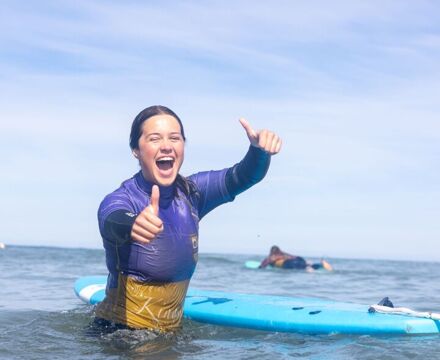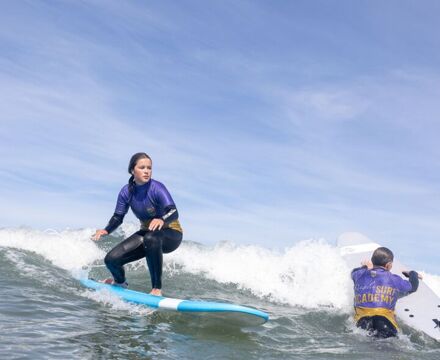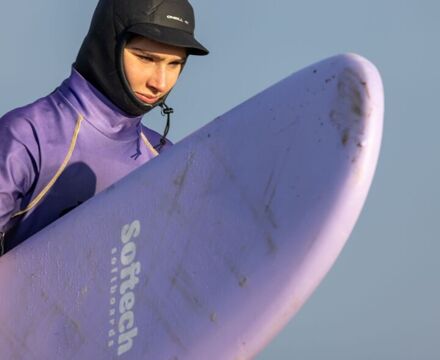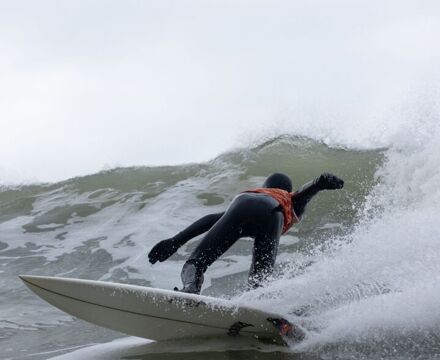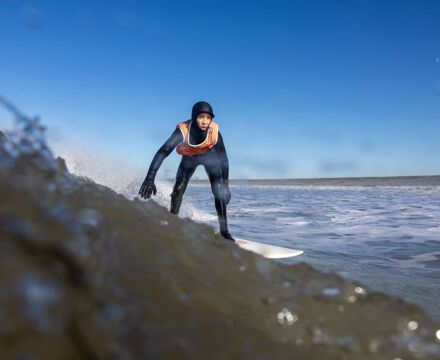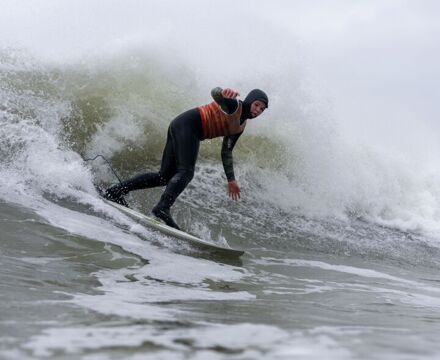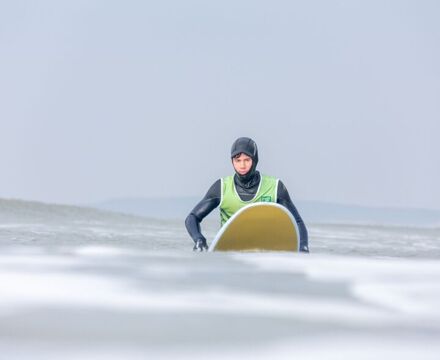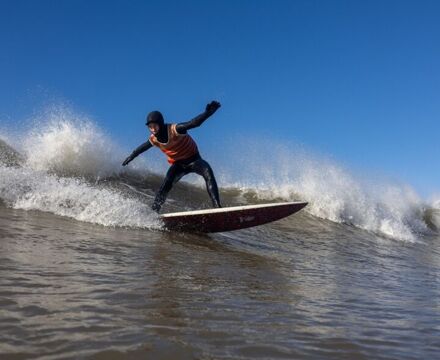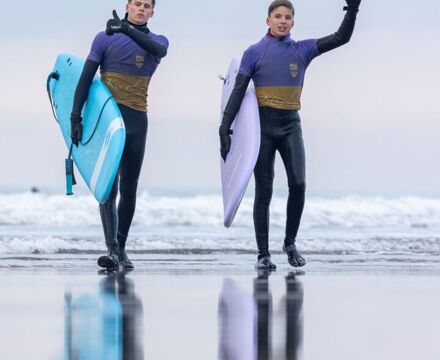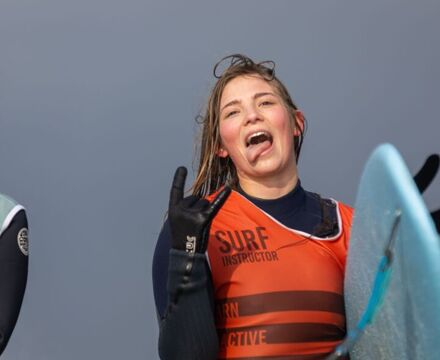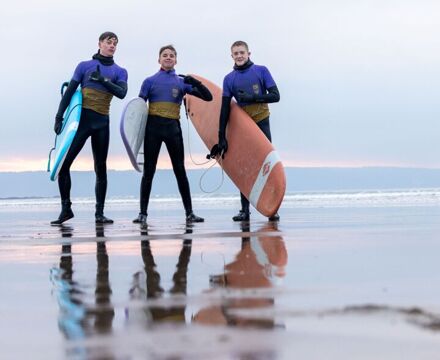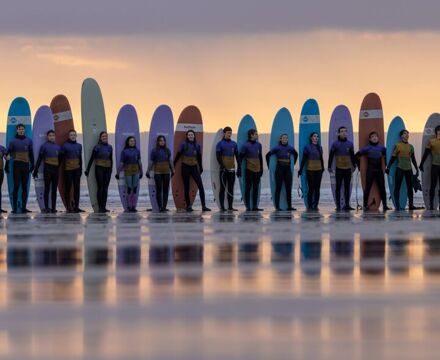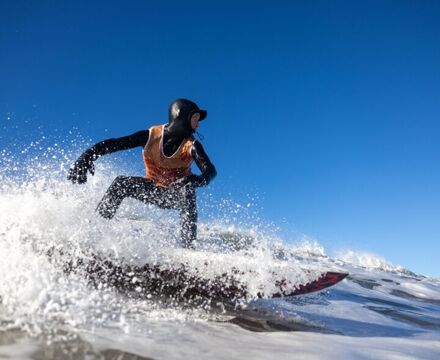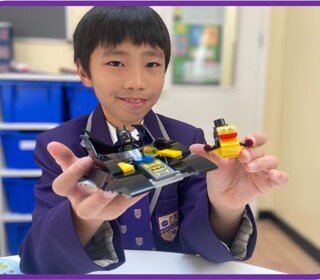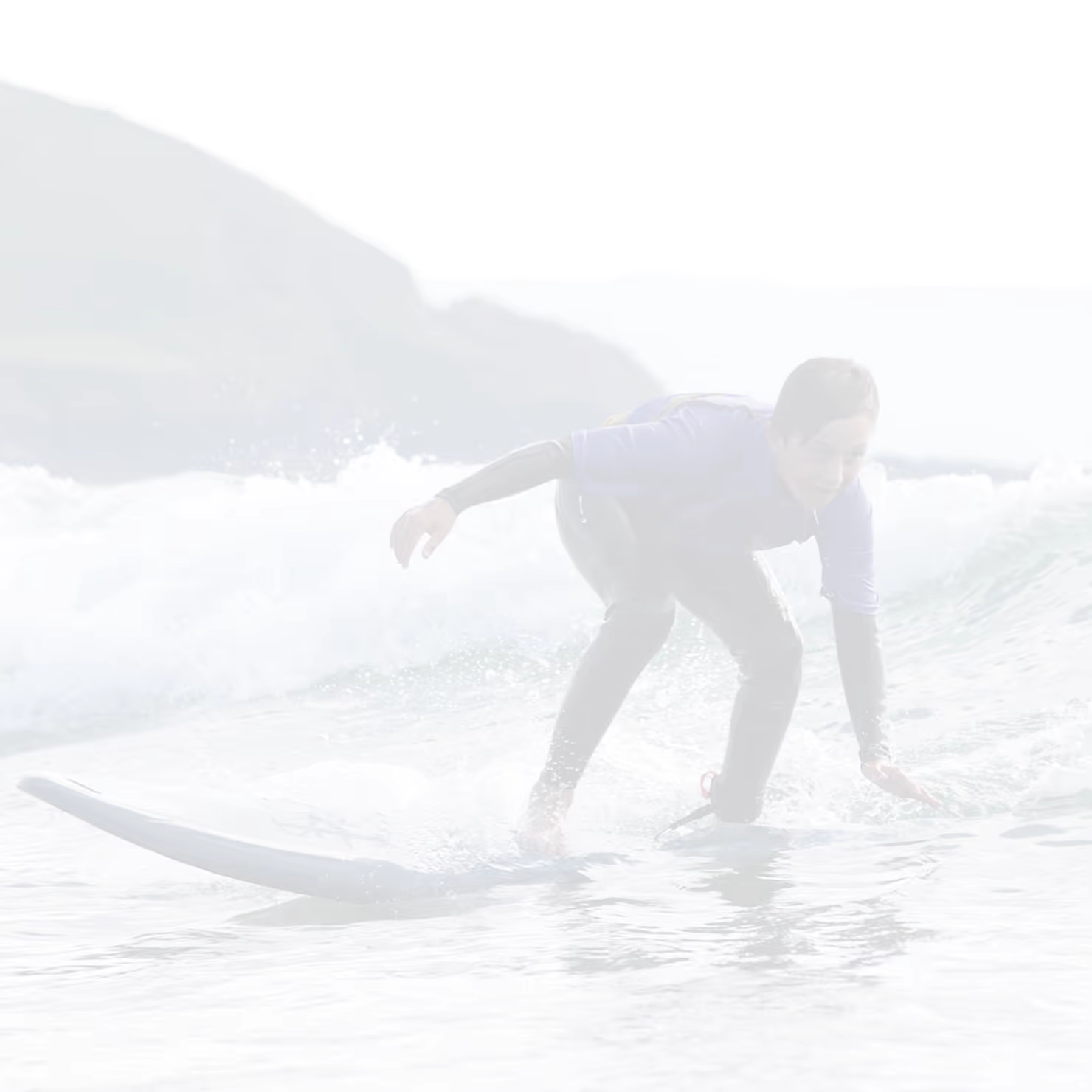
Learning How to Surf in Devon: A Beginner’s Guide

Thinking about learning how to surf in Devon? You’re in the right place! This gorgeous part of England is perfect for beginners to pick up surfing, with its stunning beaches and welcoming surf scene. Whether you’re drawn to the lively waves of North Devon or the calmer breaks of South Devon, there’s something here for everyone starting out. In this guide, we’ll show you how to surf step-by-step, share some practical tips for surfing for beginners, and highlight the best Devon beaches to catch your first waves. Let’s get you surfing!
Why Devon’s Perfect for Learning How to Surf
Devon is a dream spot for learning how to surf. It has two coasts to choose from: the North, which has wild waves and World Surfing Reserve status, and the South, which offers gentler conditions ideal for beginners to surf. You don’t need to jet off somewhere exotic—Devon’s right here, easy to reach, and packed with sandy shores, dramatic cliffs, and that salty sea breeze that makes surfing for beginners feel like an adventure from day one.
How to Surf: The Basics
Ready to learn how to surf? Before you paddle out, here’s what you need to know. Surfing’s awesome, but it takes a bit of prep—don’t worry, it’s all simple stuff!
1. Take a Lesson to Learn How to Surf
Surfing for beginners can be tricky at first, so a lesson is a great way to get started. Devon’s packed with surf schools that’ll teach you how to surf the easy way. You’ll kick off on the beach, practising the pop-up (going from lying down to standing), then hit shallow water to ride small, foamy waves. It’s a fun and safe start with pros who will guide you through every step. Want to get going quickly? Look up our very own Kingsley Surf Academy - they’re fab for beginner surf instruction!
2. Gear You’ll Need to Surf
To start surfing, you need a board and a wetsuit, both easy to rent at Devon’s surf spots. Go for a big foam board, around 8 to 9 feet. These are super stable, making it easier to paddle and stand when you’re learning how to surf. Visit Devon points out that surf schools and hire shops have you covered, so no need to buy anything yet. The water’s chilly, so grab a wetsuit, 3/2mm for summer or 5/4mm for cooler days. Add a leash to keep your board with you, and you’re good to go. All quality surf schools will provide a board that works for you and a wetsuit, so don’t feel you have to invest in loads of kit before you have given it a go out on the waves.
3. Watch the Waves Before You Surf
The ocean’s where the magic happens, but it’s got its own vibe. Spend a few minutes checking out the waves before you dive in. Look where they break and where others paddle out. Apps like Surfline or Windguru can help you understand swell and tides, which are key when learning to surf in Devon. Some beaches work better at high tide, while others work better at low tide. Ask around for the best time.
4. Surf Smart with Basic Rules
When you’re figuring out how to surf, keep it friendly out there. Don’t take someone else’s wave; the surfer closest to the break has dibs. Paddle around the lineup, not through it, and hold onto your board so it doesn’t cause chaos. These simple rules make surfing for beginners smooth and fun for everyone.
It's always best to surf with a buddy, but if you're confident enough to surf on your own and find yourself in a new spot, talk to the local lifeguards if they're on duty, a local surf school, or other surfers to learn about the risks of the new break. Golden rule: don’t take risks and stay safe.
Top Tips from The Kingsley Surf Academy
1. Start with Structured Coaching
- Don’t wing it; start learning with a reputable surf school. Learning with trained instructors means you’ll cover essential safety steps like:
- Walking safely with a board
- Securing your leash
- Reading beach flags and surf signals
- Schools like Kingsley Surf Academy make sure you’re not just having fun—you’re progressing with purpose, all while staying safe.
2. Begin in the Whitewater
- The whitewater zone (where waves have already broken) is your best place when starting out. This is where you’ll learn to:
- Float and stay calm in moving water
- Wipe out and recover safely
- Practice your first pop-ups on forgiving waves
- No shame in staying close to shore—it's where most of the learning magic happens.
3. Practice the Pop-Up
- The pop-up is the heart of it all. On land or board, you’ll build muscle memory by:
- Pushing up from a prone paddle position
- Landing in a low, balanced surf stance
- Staying centred for stability on your feet
- Coach Aym's top tip: “Keep your knees bent, eyes up, and weight over the board. Don’t rush it; smooth beats fast.”
4. Paddle Smart, Not Hard
- You’ll spend more time paddling than standing, so make it count. Practise:
- Smooth, controlled paddle strokes
- Staying centred on your board
- Navigating out through waves without exhausting yourself
- Kingsley students learn to identify rips and use visual landmarks to avoid drifting, which is super helpful for beginners in Devon.
5. Learn to Time Your Takeoff
- Wave timing’s tricky, but it gets easier. You'll start to:
- Spot the swell as it forms
- Paddle early to catch momentum
- Pop up just as the wave starts to lift you
- It’s all part of learning to “read the ocean”—a key theme from the Level 3, Kingsley surf programme
6. Wipe Out the Right Way
- Falling is part of the fun. At Kingsley, we teach:
- Safe wipeout positions (cover your head, fall away)
- How to stay calm underwater
- Signals for help and recovery techniques
- Being prepared helps you stay relaxed when things get wobbly.
7. Stay Surf-Ready
- Surfing uses every muscle. Build up with:
- Push-ups, planks, and bodyweight drills
- Dynamic warm-ups before each session
- Deep breathing to stay calm and focused
- You don’t need to be super fit to start, but feeling strong makes a difference.
8. Enjoy the Ride
- Surfing’s about progress, not perfection. Celebrate the little wins:
- Catching your first wave
- Nailing your pop-up
- Feeling more confident each session
- Every great surfer once wiped out in the shallows—keep showing up.
Final Advice from the Academy
Start slow, find coaches you trust and enjoy the process. Whether you’re aiming to shred green waves or just want to stand up and smile, stay stoked and stick with it.
We’ll see you in the lineup
